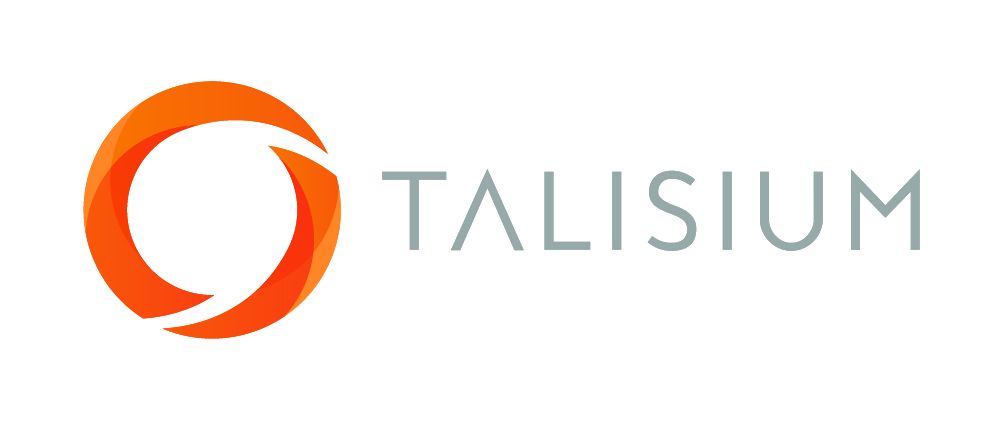Identifying skills gaps in your health workforce is an important step in ensuring that you have the necessary personnel to provide high-quality care to your patients. By identifying skills gaps, you can prioritise training and development opportunities for your staff, which can lead to improved patient outcomes and satisfaction.
In this post, we will explore the various methods for identifying skills gaps in your health workforce.
In this post, we will explore the various methods for identifying skills gaps in your health workforce.
What are skills gaps?
Skills gaps refer to the differences between the skills and knowledge that a health worker possesses and the skills and knowledge that are required to effectively perform their job. These gaps can occur for a variety of reasons, including a lack of training, changes in technology or best practices, or a shift in the types of patients being treated.
Why is it important to identify skills gaps?
Identifying skills gaps is important for a number of reasons. First and foremost, it allows you to ensure that your health workforce has the necessary skills to provide high-quality care to your patients. This is especially important in today's healthcare environment, where there is an increasing emphasis on patient satisfaction and outcomes.
In addition to improving patient care, identifying skills gaps can also lead to increased productivity and efficiency within your organisation. When health workers have the necessary skills to perform their jobs effectively, they are able to work more efficiently and with fewer errors, which can lead to cost savings and improved profitability.
Finally, identifying skills gaps can help to retain top talent within your organisation. When health workers feel that they are able to continuously learn and grow within their roles, they are more likely to stay with your organisation long-term.
Methods for identifying skills gaps
There are several methods that you can use to identify skills gaps in your health workforce. Some of the most common methods include:
Performance evaluations: Performance evaluations are a valuable tool for identifying skills gaps because they provide an opportunity for managers to assess the skills and knowledge of their employees. By looking at job performance and comparing it to job expectations, managers can identify areas where employees may need additional training or development.
Competency assessments: Competency assessments are formal evaluations of an employee's skills and knowledge. These assessments can be conducted through a variety of methods, including written tests, oral exams, or hands-on demonstrations.
Employee surveys: Employee surveys are a simple and cost-effective way to gather information about the skills and knowledge of your health workforce. By asking employees about their current skills and the skills they feel they need to improve upon, you can get a sense of the areas where your organisation may have skills gaps.
Job analysis: A job analysis involves a thorough review of the tasks, responsibilities, and requirements of a particular job. By conducting a job analysis, you can identify the specific skills and knowledge that are required for a particular role, which can help you to identify any gaps that may exist.
Training needs assessments: Training needs assessments involve gathering information about the training and development needs of your health workforce. This can be done through surveys, focus groups, or one-on-one interviews with employees.





